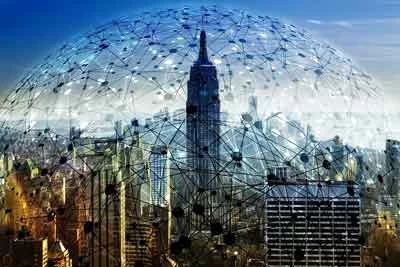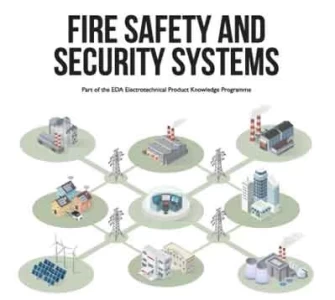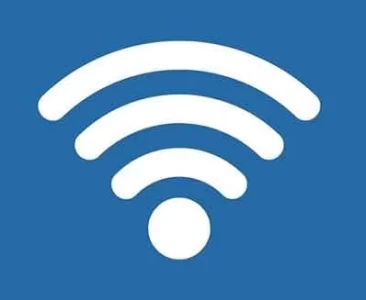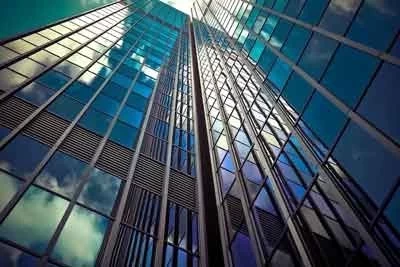A Closer Look at BAS Remote Monitoring and Maintenance
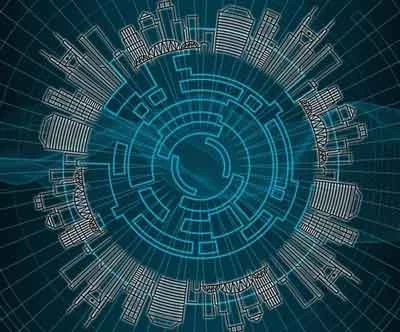
Building Automation Systems (BAS) have revolutionized building management by enabling remote monitoring and maintenance. This capability empowers facility managers to proactively address potential issues, minimize downtime, and optimize building performance – all from a centralized location. This article delves into the technical aspects of BAS remote monitoring and maintenance, exploring its benefits, limitations, system configurations, and best practices for implementation.
Benefits of Remote Monitoring and Maintenance with BAS
Proactive Maintenance: BAS continuously collect data from various sensors throughout the building, including temperature, humidity, pressure, and equipment performance metrics. By analyzing this data remotely, facility managers can identify potential equipment failures or inefficiencies before they escalate into major problems. This proactive approach allows for preventative maintenance, reducing the risk of system breakdowns and unplanned downtime.
Faster Response Times: Real-time data from BAS allows facility managers to identify and address issues promptly. Remote monitoring eliminates the need for physical inspections, enabling faster response times to equipment malfunctions, environmental fluctuations, or occupant comfort concerns. This minimizes the impact of problems on building operations and occupant well-being.
Reduced Operational Costs: The proactive maintenance facilitated by remote monitoring helps extend equipment life, minimize repair costs, and prevent costly disruptions arising from system failures. Additionally, BAS can optimize energy consumption based on real-time data, leading to lower utility bills.
Improved Building Performance: Remote monitoring and analysis of BAS data provides valuable insights into overall building performance. Facility managers can identify areas for improvement in areas like energy efficiency, occupant comfort, and equipment operation. This data-driven approach allows for continuous optimization, ensuring the building functions at peak performance.
Enhanced Occupant Comfort: BAS can be used to remotely monitor and adjust environmental parameters like temperature, humidity, and ventilation. Facility managers can proactively address occupant comfort concerns and maintain a healthy and comfortable work environment.
Types of Systems for Remote Monitoring and Maintenance
BAS utilize a combination of hardware and software to facilitate remote monitoring and maintenance. Here's a breakdown of some key components:
Sensors: A network of sensors strategically placed throughout the building collects real-time data on various parameters, such as temperature, humidity, pressure, airflow, equipment status, and energy consumption.
Data Acquisition Units (DAUs): These devices collect and process data from sensors, converting it into a digital format suitable for transmission.
Communication Network: A secure communication network, often utilizing the internet or a dedicated network connection, transmits sensor data from DAUs to a central server or cloud platform.
Building Automation Software: This software platform receives, aggregates, and analyzes data from various devices. It provides facility managers with a centralized interface for remote monitoring, data visualization, and system control.
Performance Considerations and Limitations
While BAS offer significant advantages in remote monitoring and maintenance, it's important to consider their limitations:
System Reliability: The effectiveness of remote monitoring hinges on the reliability of the underlying BAS components. Regular maintenance of sensors, DAUs, and communication networks is crucial to ensure data accuracy and system uptime.
Cybersecurity Threats: BAS are connected systems, making them susceptible to cyberattacks. Robust cybersecurity measures, including firewalls, secure communication protocols, and data encryption, are essential to protect sensitive building data.
Technical Expertise: Operating and maintaining a BAS system requires technical expertise. Facility managers may require training or need to collaborate with qualified BAS service providers for optimal system utilization.
Technical Considerations for Implementing Remote Monitoring and Maintenance
System Design and Integration: A well-designed BAS system considers the specific needs of the building and seamlessly integrates with existing infrastructure. This may involve selecting appropriate sensors, DAUs, and communication protocols.
Data Security Measures: Implementing robust cybersecurity measures is essential to protect sensitive building data and control systems from unauthorized access. Regularly updating software and firmware helps address potential vulnerabilities.
Staff Training: Facility managers and technical staff may require training on operating the BAS remote monitoring and maintenance features. This includes understanding data visualization tools, troubleshooting potential issues, and initiating appropriate maintenance procedures.
Establishing Alert Protocols: Establishing clear procedures for handling alerts generated by BAS is critical. These procedures should outline responsibility, response times, and escalation protocols for addressing various types of alarms and notifications.
Remote monitoring and maintenance capabilities of Building Automation Systems offer a powerful tool for enhancing building management effectiveness. By providing real-time data and insights, BAS empower facility managers to make informed decisions, improve operational efficiency, and minimize disruptions. However, successful implementation requires careful system design, robust security practices, and ongoing maintenance to ensure optimal performance and mitigate potential vulnerabilities. As BAS technology continues to evolve, we can expect even more sophisticated remote monitoring and maintenance functionalities to emerge, further solidifying the role of BAS as a cornerstone of efficient and cost-effective building management.



